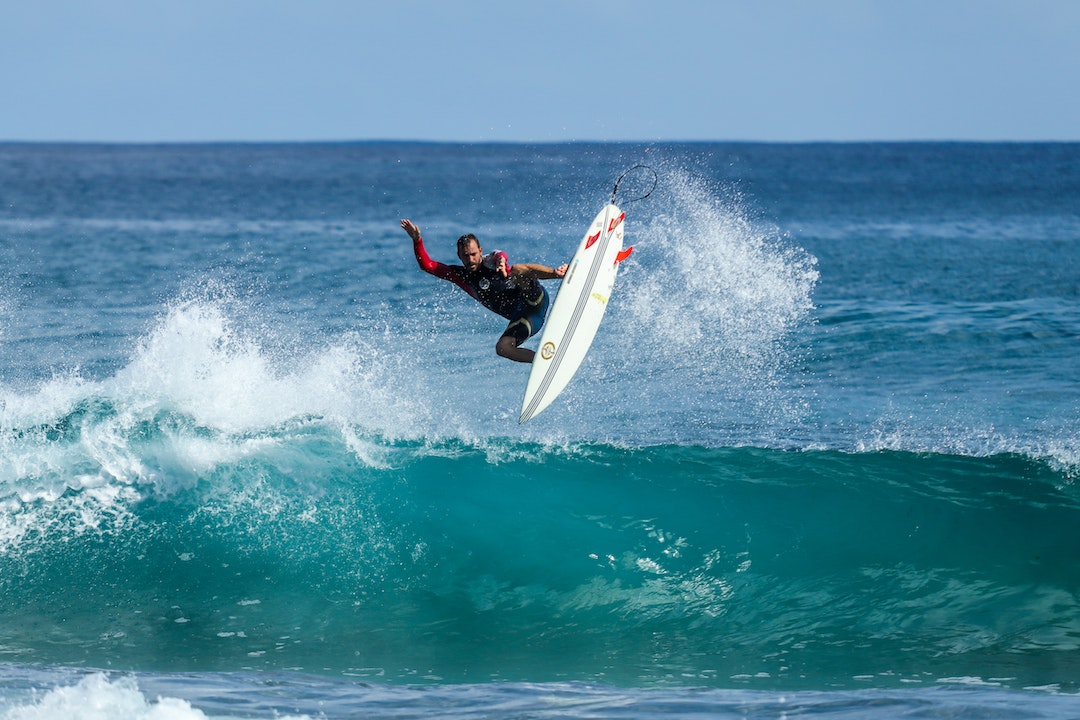Have you ever wanted to learn how to surf? It might seem like a daunting task, but with the right instruction and practice, you can be up and riding the waves in no time. Here’s a look at what you can expect when learning to surf. (Also Read: 5 Job Ideas After Retirement)
How Long Does It Take to Learn to Surf?
What factors affect surfing?
The type of waves you’re learning in: If you’re lucky enough to be learning in warm water with gentle waves, you’ll progress much faster than if you’re trying to surf in cold water with big, powerful waves.
How often you practice: The more time you spend in the water, the faster you’ll learn. So if you can only get out for a quick session once a week, it’s going to take longer than if you’re able to surf every day.
Keep in mind that everyone learns at their own pace, so don’t get discouraged if it takes you a little longer than your friends or family members. With some patience and practice, you’ll be shredding the waves in no time!
What are the common types of surfing?
Longboarding: Longboarding is a type of surfing on a longboard. Longboards are longer than standard surfboards, and they are designed for stability and speed.
Shortboarding: Shortboarding is a type of surfing that is done on a shortboard. Shortboards are shorter than longboards, and they are designed for maneuverability and tricks.
Stand-up paddle boarding (SUP): SUP is a type of surfing that is done on a stand-up paddle board. SUP boards are larger than surfboards, and they provide good stability for beginners.
Bodyboarding: Bodyboarding is a type of surfing that is done on a bodyboard. Bodyboards are smaller than surfboards, and they allow you to catch waves more easily.
What are the advantages and disadvantages of surfing?
Additionally, once you’ve learned the basics, it’s not difficult to find places to surf since there are beaches all over the world with good waves.
However, there are some drawbacks to surfing as well.
For one thing, it can be dangerous; even experienced surfers can get seriously injured or killed if they wipe out or get caught in a bad current.
Additionally, surfing requires a lot of equipment—a board, wetsuit, leash, etc.—which can be expensive.
Finally, waves can be fickle; even if conditions look good at first, they can change quickly and without warning.
How do beginners learn to surf?
2. Don’t be afraid to fall. Falling is part of the learning process. Don’t be afraid to wipe out a few times while you’re getting the hang of things.
3. Paddle, paddle, paddle: In order to catch a wave, you need to paddle hard. The more you practice, the better you’ll get at it.
4. Stay up! Once you’ve caught a wave, the most important thing is to stay up on your board. This can be easier said than done, but keep practicing, and you’ll eventually get it!
5. Have fun! Learning to surf can be frustrating at times, but it’s important to remember that it’s also supposed to be fun! So don’t take it too seriously and enjoy yourself out there.
What to Expect When Learning to Surf?
Surfing is a lot of work, especially when you’re first starting out. You’ll be using muscles that you didn’t even know you had. But don’t give up! The more you practice, the better you’ll get and the easier it will become. Soon enough, you’ll be surfing like a pro!
Conclusion
So, how long does it take to learn to surf? The answer is, “It depends.” If you’re dedicated and put in the time, you can learn the basics in as little as a week. But if you’re just dabbling or want to take things at a leisurely pace, it could take a few months to get comfortable surfing on your own. Either way, once you’ve learned the basics of surfing, it’s an incredibly rewarding experience that will provide endless hours of fun out on the waves. (Also Read: How long does it take to learn to swim)












